Safety recommendations for working in the lab
This guide provides an overview of key points to consider when testing power converters in a laboratory environment, covering personnel safety, equipment protection, and the…
These notes present solutions for the implementation of control software, with practical, imperix-related aspects in mind. They mostly focus on one specific subsystem and may link to other technical notes if needed. Technical notes are application-independent.

This guide provides an overview of key points to consider when testing power converters in a laboratory environment, covering personnel safety, equipment protection, and the…
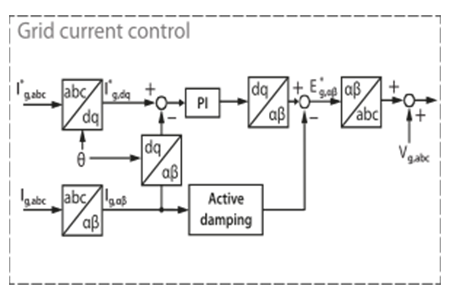
Switching ripple filters are commonly added to grid-connected voltage source converters (VSCs) to filter out undesirable switching harmonics from the VSC’s output voltage. LCL filters…

What is islanding detection? Islanding occurs when part of a power network, disconnected from the main grid, is solely powered by some Distributed Energy Resources…

This technical note provides an overview of Active Power Filters (APFs) designed for harmonic mitigation and specifically targeting three-phase grid-connected inverters. The note begins by…
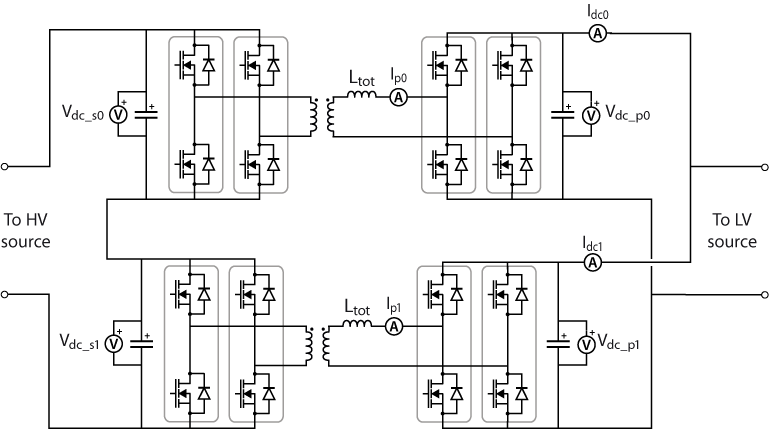
The DC transmission systems are widely used in DC grids, rail transit systems, and electric vehicle charging systems. In these applications, the DC supply can…
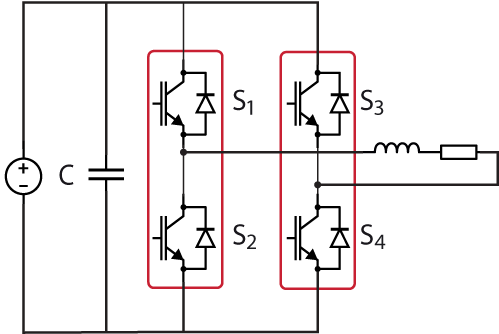
This technical note introduces the working principles of a single phase inverter. It presents a simple technique to generate an alternating current in an open-loop…
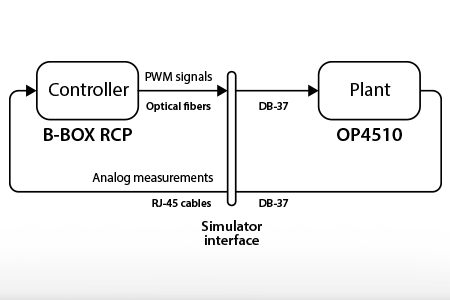
This page presents a first HIL example to get started with a B-Box RCP and an OPAL-RT OP4510. Although validated with an OP4510, the provided…
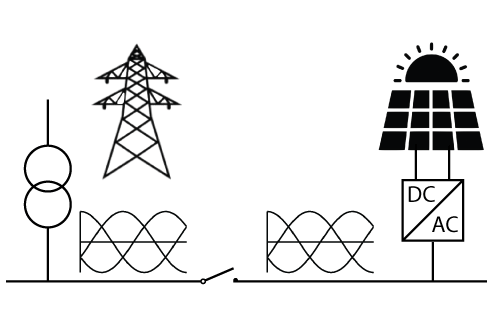
This technical note presents a selection of the most prevalent grid synchronization methodologies employed in grid-tied power converters. These methods are crucial for enabling power…
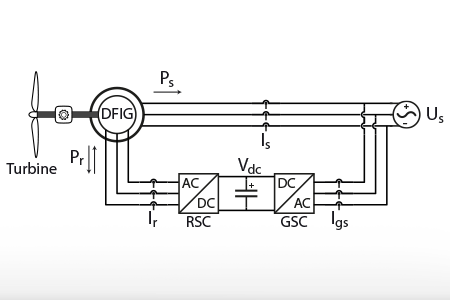
This technical note demonstrates the control of a Doubly-Fed Induction Generator (DFIG) in a wind turbine application. Firstly, the operating principles and control strategy for…
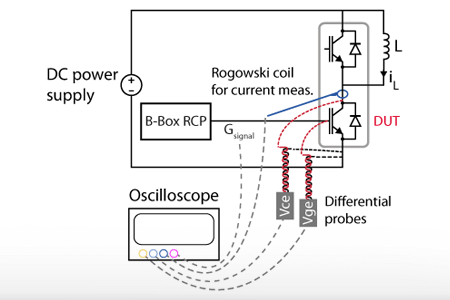
Double pulse testing is a widely utilized method to evaluate the switching behavior of power semiconductor devices, such as MOSFETs and IGBTs, as well as…
End of content
End of content